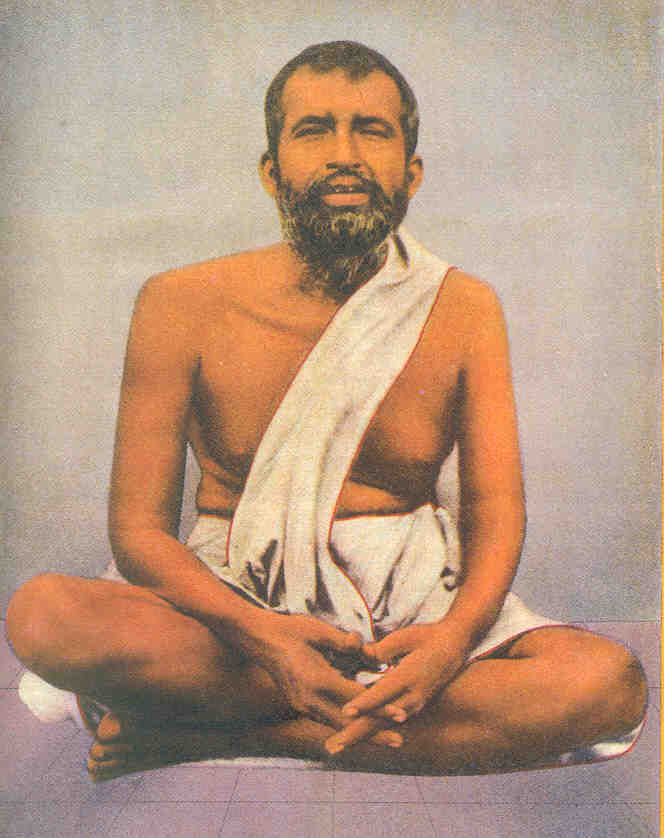A Summary of the Srimad Bhagavatham : Ch-5. Part-12.
5: Narada Instructs Yudhisthira on Ashrama Dharma :
Part-12.
In order to go on with this meditation, we have to take our ishta devata for our contemplation. Our ishta devata can be Rama, Krishna, Devi, Bhagavati, Narayana, Siva, Ganesha or whatever the case may be, or if we belong to another religious faith it may be the concept of Allah, Jesus Christ, Father in heaven, etc. Whatever it be, that concept has to be internalised for the purpose of upasana. We should think only that and nothing else, and believe in the protection that it can grant us. The ishta devata protects us, guides us, and enlightens us. It gives us security, and we feel happy with it. Some devotees hug the image of their ishta devata, wear it around their necks, kiss it, and feel that it is their beloved. It is truly that, because it symbolises the divinity that is pervading everywhere. Such kind of upasanas, to mention briefly, are the duties of a Vanaprastha.
But there is a still higher stage, called Sannyasa. It does not mean shaving the head, wearing a robe, and saying “I am a Sannyasin”. God is not afraid of all these rituals. It is a gradual rise from maturity to maturity. It is not that the Sannyasin is an old man, the Grihastha is youthful, and the Brahmachari is a little boy; these ideas must be cast aside. These stages are all forms of operation of the mind in various degrees of perfection. We rise from perfection to perfection. Every stage is a stage of perfection—only, one is a miniature form of it, another is a wider form of it, and it goes on enlarging its circle until it becomes total perfection.
Swami Krishnananda
To be continued ...
.jpg)
.jpg)

.jpg)

Comments
Post a Comment